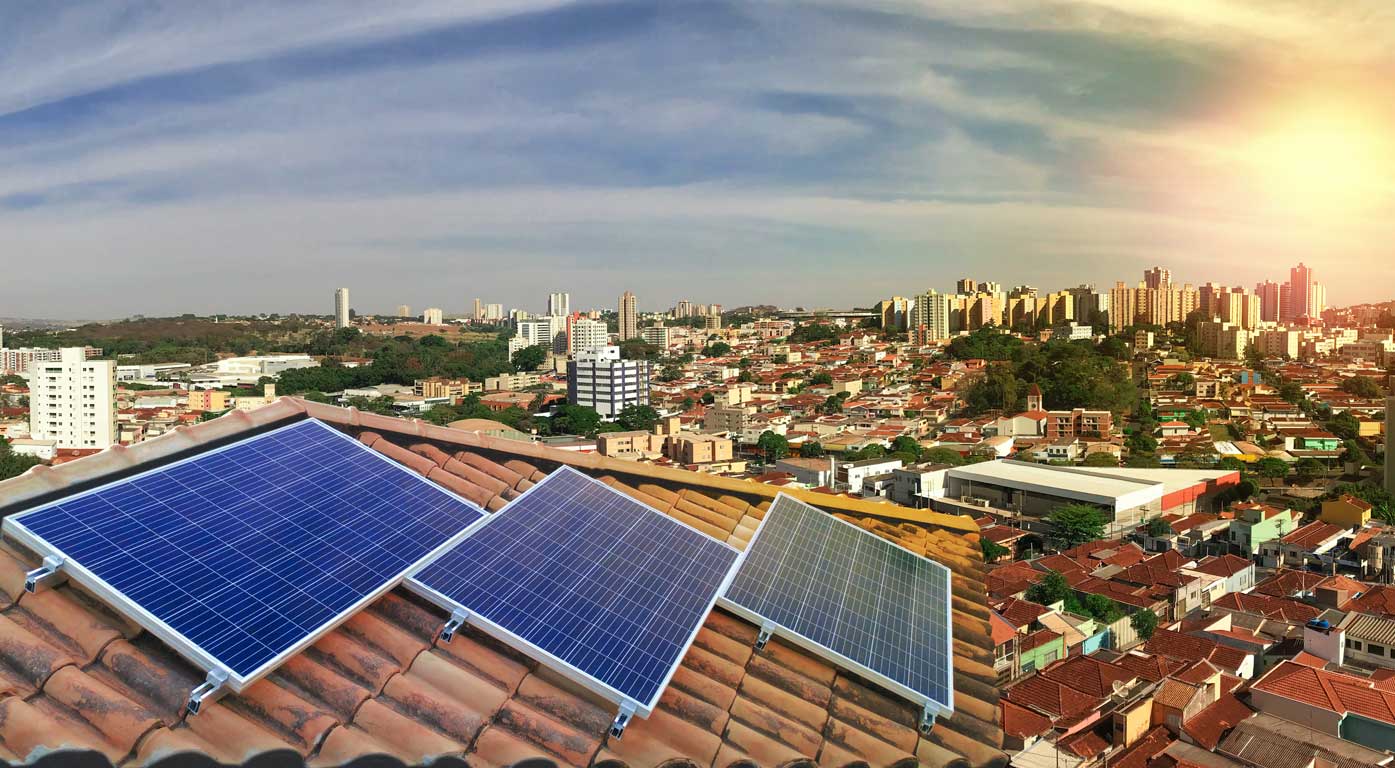Summary
The Rheem Active Hot Water Control project aims to demonstrate active control over residential hot water systems in South Australia.
Need
South Australia has a fast growing renewable energy industry. Currently it is grappling with excess rooftop solar PV generated during the day when there is less demand for it. This generation is often curtailed and exported to other parts of the National Electricity Market but these exports are reaching their limits. The challenge is finding ways to maximise the use of renewable energy when it is cheap and plentiful. One way this could be done is by managing when electric water heaters are charged. Currently water heaters charge overnight or, in a home with solar PV, in the early morning or evening when demand for energy is high. The Rheem Active Hot Water Control project aims to introduce new and flexible options for grid management by testing ways to manage when hot water heaters are charged.
Outcome
Although the project faced challenges impacting customer recruitment, it successfully demonstrated that actively controlled hot water systems can improve solar self-consumption and significantly contribute to reducing peak export on the network when compared to uncontrolled hot water systems. This is a benefit to the distribution network which can be shared further with customers.
Learn more
Action
Rheem will test the feasibility and value of aggregating approximately 2400 hot water systems to provide services in the wholesale energy and Frequency Control Ancillary Services (FCAS) markets.
As part of the trial, Rheem will reward consumers for participating in demand management of hot water systems and test incentives required for customer participation across solar and non-solar homes, as well as across different socioeconomic groups.
Outcome
Although the project faced challenges impacting customer recruitment, it successfully demonstrated that actively controlled hot water systems can improve solar self-consumption and significantly contribute to reducing peak export on the network when compared to uncontrolled hot water systems. This is a benefit to the distribution network which can be shared further with customers.








